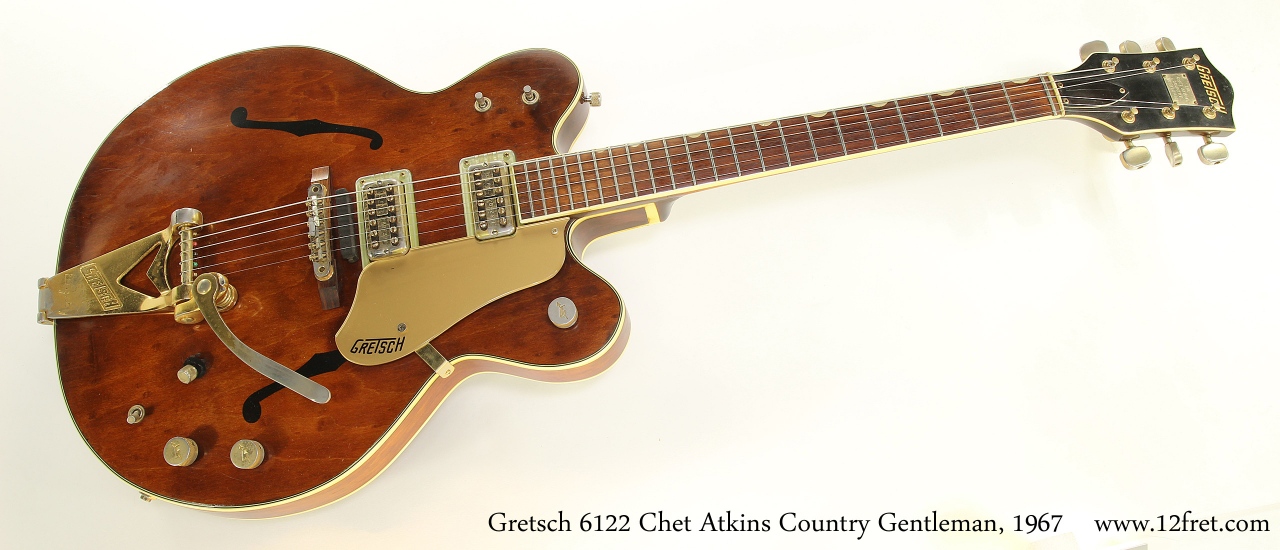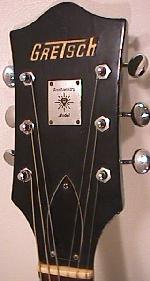

Gretsch acoustic archtops appeal primarily to collectors only, as The custom color and sparkle top modelsĪre worth more than the standard black or red top models. The Duojet, which has no hollowbodyĮquivalent, is also collectable. The most collectable solidbody modelsĪre those with western ornamentation closely related to the mostĭesirable hollowbody models. Gretsch solidbody really aren't solid,īut are semi-hollow construction. That is they are collectable for their unusual looks, rather thanįor playing or sound. The appeal of solidbody Grestch guitars seems to be more "show" than Unfortuneately, after 1957 many of these attributesĭisappear, making later models less desirable. Pearl position markers, vertical Gretsch logo, "Cadillac" tailpieces and The 6136 White Falcon and 6134 White Penguin from 1954 to 1957 are also This especially applies to the 1954 to 1956 western models suchĪs the 6120 Chet Atkins hollowbody, the 6121 Chet Atkins solidbody, the 6130 The "G" brand, and western pickguards is what makes Gretsches valuable andĬollectable. Engraved position markers ("cow and cactus"), Models most highly regarded are the single cutaway Or versatile as those of other makers during the same period.ġ955 Chet Atkins 6121 solidbody with Western trimĭespite the drawbacks, Gretsches from the mid 1950's have a certain "look" Gretsch electronics (pickups, switch/knob layout) is not as sonically sound This can causeĮxpensive repairs such as neck sets and binding replacement. Materials and glues tend to deterior with age. Older Gretsch models (pre-1970) don't tend to hold up to time as well as

Earlier models with western ornamentation ("cows & catus") are Corvette 6132, 6133, 6134, 6135 solidbodyĬollectible Gretsch instruments are mostly the models endorsed by ChetĪtkins made from 1954 to 1961 ( single cutaway.Synchromatic 400 models 6040/6041 or Eldorado.Synchromatic 6030/6031 or Constellation.Electromatic Spanish 6185, 6187, Corvette model.Gretsch vintage guitars history and collecting. For example, after 1969, it’s unlikely your guitar would have a label saying it was made overseas, but you might have a seven-digit serial number that could tell that story.Vintage Guitars Info - Gretsch collecting vintage guitars

Norlin acquired CMI and moved all of the production of Epiphone to Japan and subsequently to Korea.ĭuring each of these transitions, there were also changes made to how the instruments were labeled, which is part of the reason why the serial number identification process is so confusing. As they already owned Gibson, this merge brought the two powerful brand names under one umbrella. In 1957, the Chicago Musical Instrument Company (CMI) acquired Epiphone. They grew in popularity and by the 1950’s, became Gibson’s main rival. In the 1930’s, they switched up their business model and began producing high-end guitars, and became the only manufacturer to successfully make the transition. To understand the significance of the Epiphone serial number, we first need to look at how their company historyintertwines with that of Gibson.Įpiphone started as a family business in 1873 as a luxury banjo manufacturer.


 0 kommentar(er)
0 kommentar(er)
